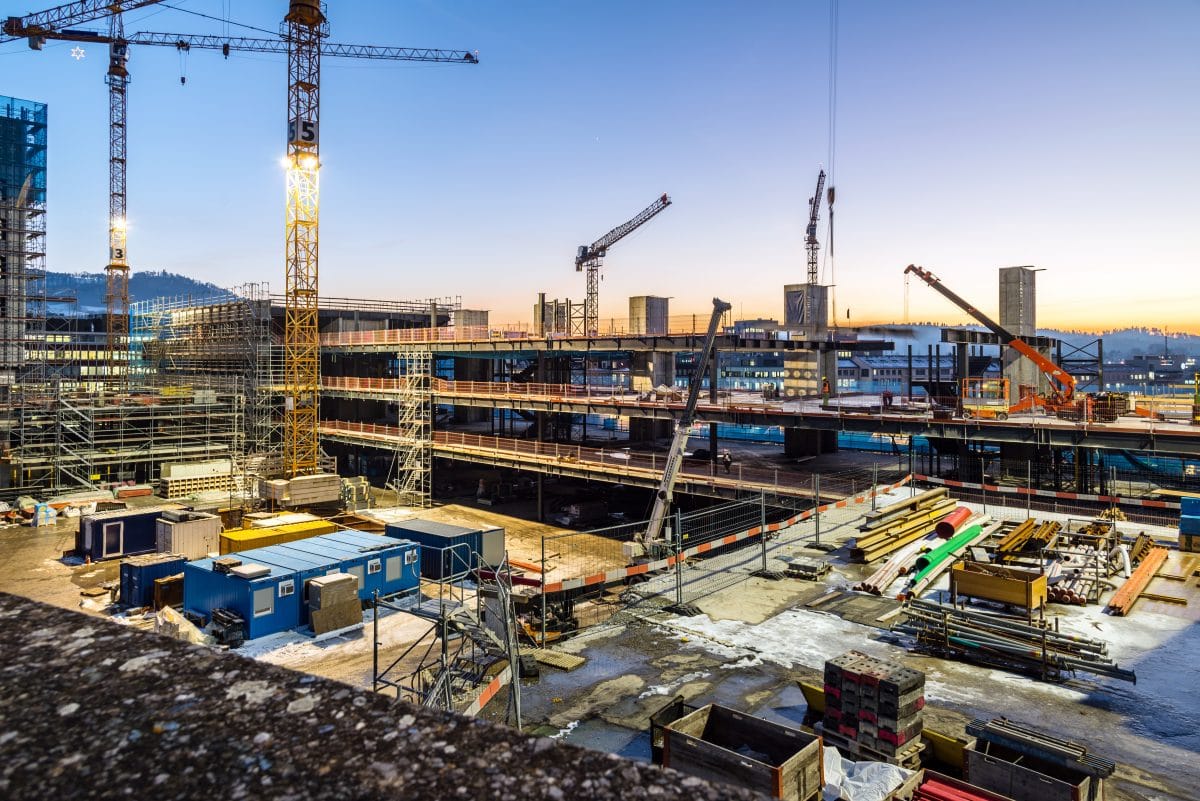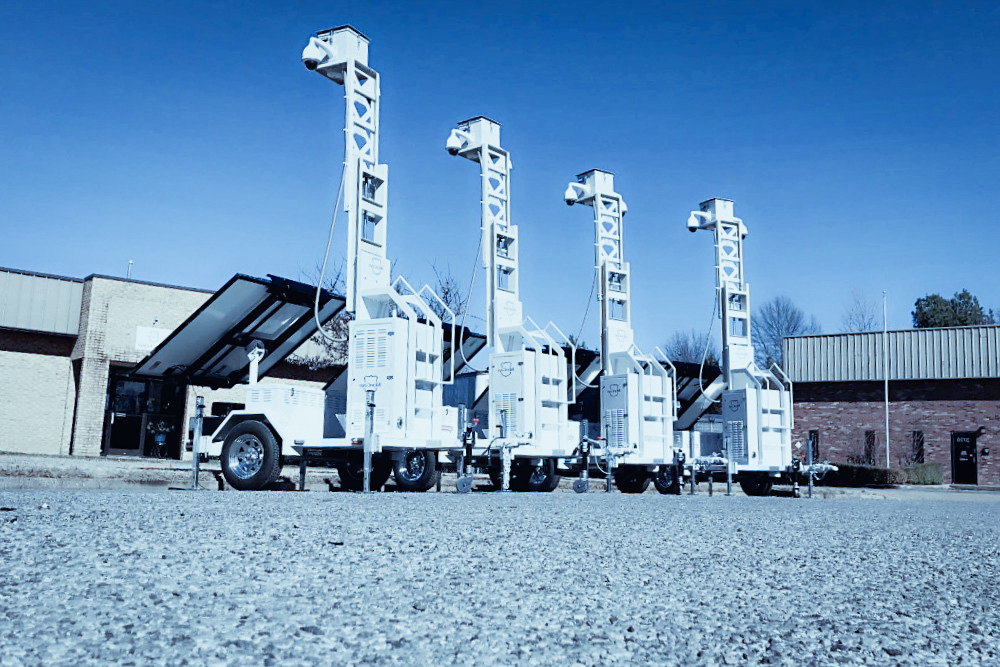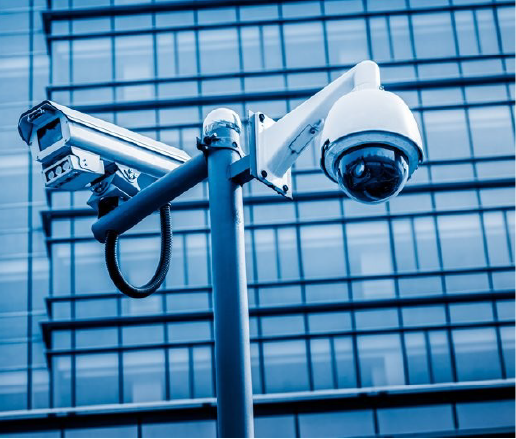by Nir Elron
Of all cellular connectivity use case scenarios in security, Camera-to-Cloud stands out as one of the most rapidly growing segments. Cameras have become an essential element of most security systems nowadays, serving as digital eyes that help monitor certain objects remotely. Oftentimes they work together with sophisticated video analytics systems that use AI to solve complex tasks such as face or number plate recognition.
The number of cellular-connected cameras is growing, forecasts say it’s going to reach 100,000,000 in the next 10 years. This growth is largely driven by government security initiatives in different countries, like China, but it’s also technological development that add dozens of new use cases each year. With technological advancements such as AI, video surveillance systems are gradually becoming more versatile. Initially used in CCTV systems mainly for intrusion detection, crime prevention and monitoring of critical assets, cameras now serve a plethora of purposes across various industries. There is also the shift from on-premises storage and analytics platforms to the cloud, which brought about the transition from the model where main players were camera manufacturers and video management systems (VMS) vendors to the paradigm where companies, including big players, offer cost effective cameras, easy-to-deploy cellular connectivity and video analytics as a bundle. This evolvement of the market became another key driver for the expansion of the use of cellular-connected cameras.

Traffic Management and Road Safety
Cameras are widely used in traffic management to monitor traffic patterns and identify areas of congestion or potential hazards. Three years ago, on average there were about 20 cameras in a span of 29 miles in the US.
In rural locations with no fixed network cellular connectivity is the only option for all roadside infrastructure devices, and cameras are no exception. However, cellular-connected cameras are commonplace in big cities as well: a lot of traffic management projects use them to avoid long and problematic additional construction work. For example, in the Austrian city of Graz cameras gather real-time data at central intersections with heavy traffic. Because data is transmitted through 4G and 5G mobile networks, no construction work is necessary, and they can be set up in less than a day on any traffic light pole.
Moreover, since traffic management systems critically depend on the data transmitted from road cameras, even the ones that are connected by fixed communication lines may use cellular connection as a backup to ensure redundancy.
It’s not only traffic management though. In some cases, data from the road cameras is transmitted over cellular network to alert road maintenance providers to a range of issues requiring their attention, such as snow build-up on the roads, snowy traffic signs or potholes. It can significantly improve the traditional approach, in which road maintenance contractors are responsible for collecting this information themselves and must inspect roads on a daily basis.
Public Safety and Crime Prevention
Agencies may use cameras to monitor criminal activity in high-risk locations across a city, including instances of vandalism, commercial/residential thefts, or as security enhancements at government buildings.
Along with state authorities, businesses use cameras to prevent crime. According to the National Retail Federation’s latest report, retail theft has experienced a dramatic increase over the past year. In some sectors, theft can account for over 70% of retailers’ annual losses. Business owners looking to protect their own assets or those of their customers, like customer vehicles in retail parking lots, often use cameras.
Cameras can also help monitor sensitive areas such as airports, container yards, truck yards, seaports, and border crossings to detect trespassers or potential security threats.
The main advantage of cellular-connected cameras is that they operate independently from any existing internet infrastructure. First of all, that means they can be placed anywhere, and second – they continue working regardless of problems with fixed communication lines. If there’s a blackout and wired communications are down or your premises are broken into and the intruder cuts your Internet connection, the cameras that use mobile networks will still work.

Occupational Safety, Process and Assets Monitoring
Production and construction sites are another type of areas that need surveillance to monitor processes and prevent accidents, theft or vandalism. Cameras help to detect unauthorized access, dangerous and suspicious activity or simply workers not wearing hard hats.
Cellular connectivity is important for cameras used in surveillance systems at these sites. More often than not, they are located far from urban areas and have no access to fixed communications infrastructure. Construction sites, due to their temporary nature, require connectivity solutions that are mobile and can be quickly deployed or redeployed.
Environmental Monitoring
Cameras and thermal cameras can be used to monitor environmental conditions such as air and water quality, weather patterns, and wildlife activity. Enterprises use cameras to monitor emissions and ensure environmental compliance. Most of these use cases demand deployment of cameras in areas with no access to communication cables.
Cameras are important in disaster prevention. In Washington, 360-degree cameras operating on a 5G network and an artificial-intelligence platform help scan, identify, and monitor wildfires. As wildfires seasons get longer and more challenging, early detection of a wildfire can play an important role in catching it before it becomes a disaster. A hundred of such systems using 4G and 5G connected cameras deployed in the US and Australia have already detected over 50.000 fires since 2020.

PSaaS and VSaaS Vendors
Cameras that rely on cellular connectivity are also one of the main offers of physical security-as-a-service (PsaaS) providers or video-surveillance-as-a-service providers.
The idea of PSaaS implies that the service provider manages and maintains the necessary security infrastructure so the client could benefit from a robust physical security system without extensive capital investment. In practice, that means that providers should be very flexible, ready to build a security zone literally anywhere in the shortest time possible. With fixed connectivity building such a security system from mounting the cameras and laying down the cables to setting up data transition from cameras to the data centers could have taken months, depending on size and location of the object.
That’s why many PSaaS vendors rely on cellular connectivity and offer mobile surveillance units as part of their service package. A typical mobile surveillance unit would include a wheeled base, a solar panel and a battery and an adjustable mast for mounting high-resolution cameras, thermal imaging cameras and other advanced sensors, floodlights, strobe lights and loudspeakers. These units can be deployed on-site within a couple of weeks.
This makes them ideal for surveillance applications where the risk is temporary, such as at construction job sites or crime hotspots where the problem will move to a new location over time.
However different in terms of industries and applications, all the use cases mentioned above have similar connectivity requirements.
Coverage
When it comes to security, stable connectivity is crucial. Since cellular connectivity is the only viable option for deployments in rural locations and areas with no fixed lines of communications, coverage is one of the major concerns. Though there are cellular networks almost everywhere, each of them inevitably has its weak spots. These must be taken into consideration when enterprises deploy cameras.
Most landline and Wi-Fi options are typically limited to local providers. As your projects scale, it could be difficult to manage a great number of vendors for services nationwide. Meanwhile, there are usually only two or three major mobile network operators in every country, and they’re capable of covering all your deployments.
Latency
Latency is critical in any system that provides security or traffic management services. Moreover, in the case of safety-related systems it needs to be at the lowest level possible for them to be effective. In many use cases, even a fraction of a second delay can lead to a disaster.
In fact, almost any solution that involves real-time data transfer is critically dependent on latency: a perfect example is the time sensitive ANPR system. Even with security not compromised, it may cause a lot of trouble on a toll road.
Compliance with Regulations
With all technical aspects taken care of, enterprises may still have problems when deploying security cameras, especially with cross-border deployments. In many countries legislation stipulates certain restrictions on connectivity and data transfer, and it is important to comply with local data sovereignty and data protection regulations.
Bandwidth
Live video streaming requires a significant amount of bandwidth, especially for high-definition content. To ensure high-quality video streams without the limitation of a single network connection some enterprises use cellular bonding solutions that combine multiple network connections. 5G capabilities can further enhance stability and speed of these solutions. However, to guarantee a robust and reliable connection they would depend on a cellular connectivity provider.
Data Packages
When deploying cellular-connected cameras it is also important to ensure that you have a data plan that reduces potential overage costs and avoids unnecessary monthly fees. It would matter what kinds of cameras you use and whether your video security system is cloud- or DVR-based. A cloud-based technology system can consume more data than a DVR system, as a DVR only consumes data when the recordings are being viewed. It is vital to understand the demands of your devices and how much data it will transmit to calculate the true cost of ownership.

Webbing’s Solution
Webbing offers a connectivity solution that ensures global access to reliable and high-quality internet, with low latency and the best of class coverage. It provides secure and continuous internet connection, delivering a streamlined, centralized, and scalable means of deploying, controlling and monitoring video surveillance cameras.
Webbing’s partner network of over 600 mobile operators worldwide guarantees global coverage. It allows IoT devices to roam on several carriers’ network in every region, solving the problem of weak spots that any mobile network may have and ensuring full coverage and continuous connectivity for all surveillance units, even at remote locations.
Webbing is a global connectivity provider, with a distributed full-core network with local breakouts, multiple network solution, and data server redundancy that can provide connectivity stability and low latency. As such, Webbing’s network is well suited to support mission-critical, high-data consumption type of use cases. It also allows for all types of localization – from IP traffic that remains in the country to designated profiles for emergency calls, so it’s easy to comply with local and regional connectivity regulation requirements. Webbing can also seamlessly localize deployments utilizing Remote SIM Provisioning even in heavily regulated markets, being the only provider with that capability in some countries, such as Turkey.
A flexible approach to data packages allows us to tailor our connectivity offering for every customer based on the type of connected devices and their data consumption needs as well as the locations where the devices are used, aiming at overall optimization of the total cost of operations for the client.
Our solutions help enterprises overcome their connectivity problems and reduce time to market for global deployments, providing the benefits of roaming with multiple carrier options in every country, and seamless transition between carriers, while maintaining low rates and low latency on a global scale with a single SIM.
Reach out to [email protected] to learn more about Webbing’s solutions.




